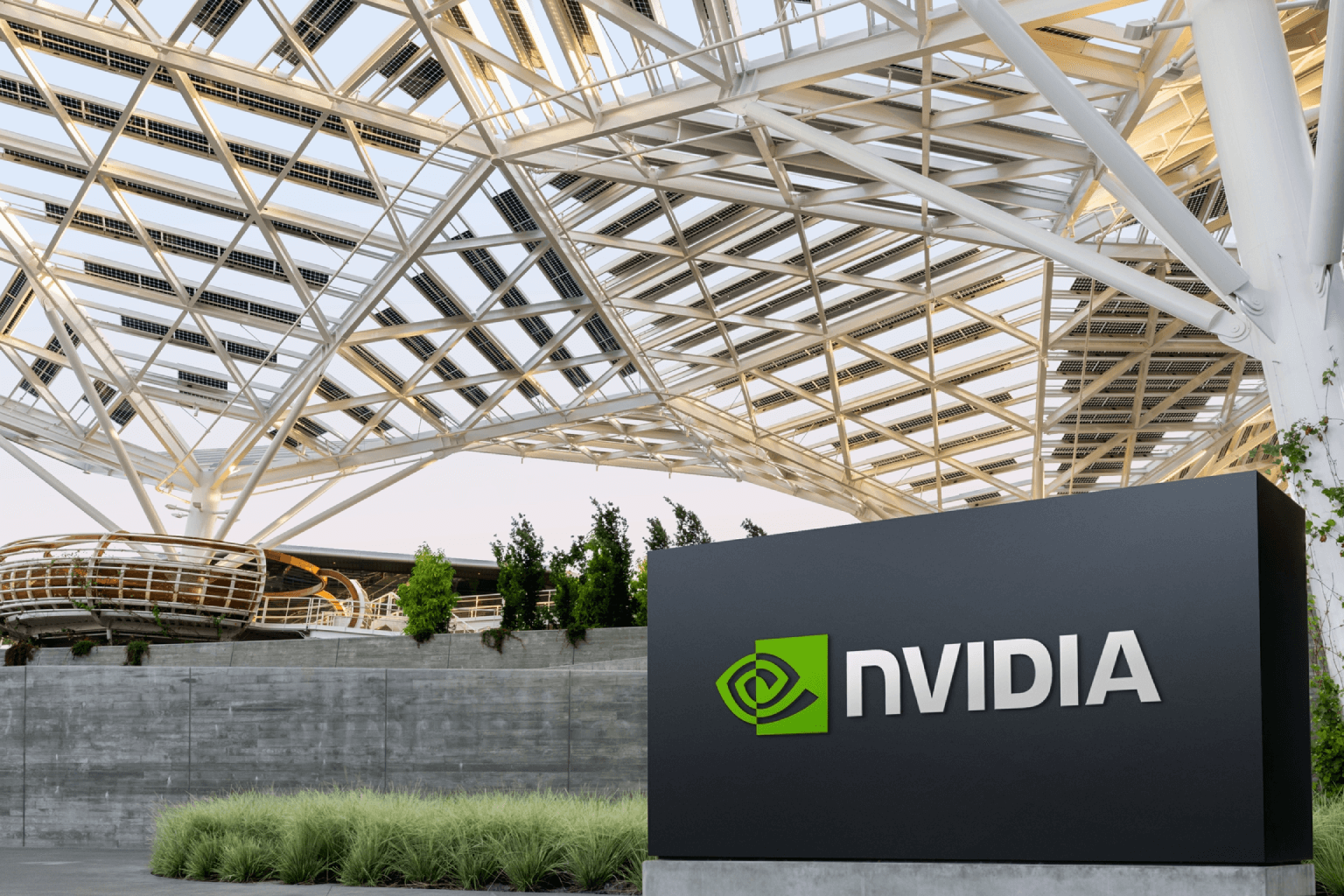
NVIDIA Microservices Power Up Sovereign AI with New Boost
NVIDIA contributes to the global trend of sovereign AI by launching new microservices optimized for regional languages and cultures, which improve AI accuracy and performance in local contexts, particularly in Asia-Pacific.
Nations are increasingly pursuing sovereign AI strategies, which means building AI using their infrastructure, data, and experts to make sure that AI systems reflect local laws and values.
NVIDIA is supporting these changes by releasing four new NVIDIA Neural Inference Microservices. With support for community models specific to each region, these microservices aim to simplify the creation and use of generative AI apps.
They promise that users will be more involved because they will understand local languages and cultural differences better, resulting in more accurate and useful responses.
We made this move because we expect the Asia-Pacific market for generative AI software to grow quickly. ABI Research says that sales will soar from $5 billion this year to an amazing $48 billion by 2030.
We have two new language models available: Llama-3-Swallow-70B, trained on Japanese data, and Llama-3-Taiwan-70B, optimized for Mandarin. The goal of these models is to have a better understanding of the local laws, rules, and cultural nuances.
The RakutenAI 7B model family adds to the quality of the Japanese language service. These are two separate NIM microservices for the Chat and Instruct functions. We taught them using Mistral-7B on English and Japanese datasets.
Notably, Rakuten’s models did very well in the LM Evaluation Harness benchmark, getting the best average score among open Japanese large language models from January to March 2024.
To improve output effectiveness, it is essential to teach LLMs regional languages. These models help people communicate more clearly and nuancedly by accurately reflecting subtleties in language and culture.
These regional versions do a better job than base models like Llama 3 at understanding Japanese and Mandarin, doing legal tasks specific to the region, answering questions, translating text, and summarising it.
Global Investment in AI Infrastructure
Countries like Singapore, the United Arab Emirates, South Korea, Sweden, France, Italy, and India have all put a lot of money into AI infrastructure as part of this global push for sovereignty.
“LLMs aren’t like mechanical tools that work the same way for everyone.” They’re more like intellectual tools that work with culture and creativity.
“Not only do the LLMs change the models we train on, but they also change our culture and the data we create,” Rio Yokota, a professor at the Tokyo Institute of Technology’s Global Scientific Information and Computing Centre, said.
“Because of this, it is very important to create autonomous AI models that follow our cultural norms.” Llama-3-Swallow, an NVIDIA NIM microservice, makes it easy for developers to access and use the model for Japanese applications in a wide range of fields.
Businesses, the government, and universities can host native LLMs in their environments with NVIDIA’s NIM microservices. The ability to make smart copilots, chatbots, and AI assistants is helpful for developers.
NVIDIA AI Enterprise uses the open-source NVIDIA TensorRT-LLM library to optimize these microservices for inference. They promise better performance and faster deployment.
It is clear that the Llama 3 70B microservices, which are the basis for the new Llama-3 Swallow-70B and Llama-3 Taiwan-70B products, improve performance.
They offer up to 5 times higher throughput. Reduced latency results in lower operational costs and improved user experiences.


